Upgrading the Lenovo M75q Tiny Gen2
We know many of our readers are also using these as low-cost and low-power server nodes. As a result, it was time to do some upgrades to our minimal configuration.
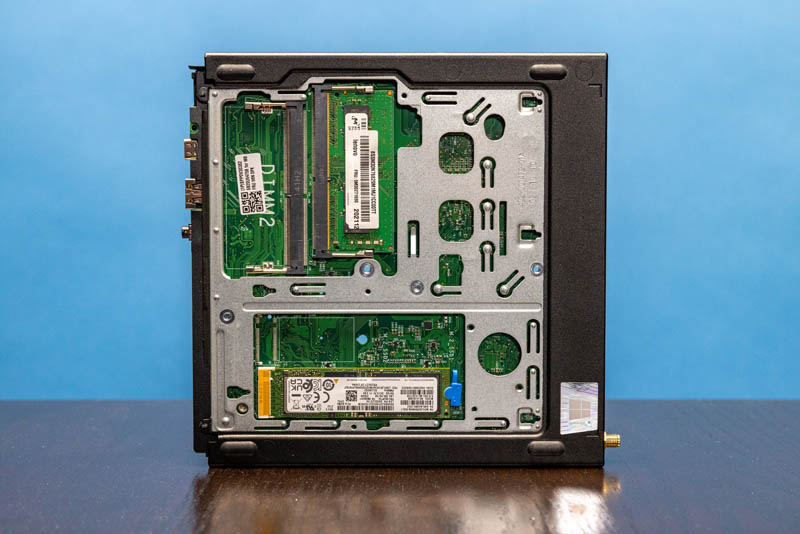
For memory, we used G.Skill RipJaws in a DDR4-3200 kit with 2x 32GB SODIMMs for 64GB total. Here is an Amazon link to the ones we purchased. (Affiliate link where we may earn a commission.) We actually got six or eight kits for different units because these have worked well.
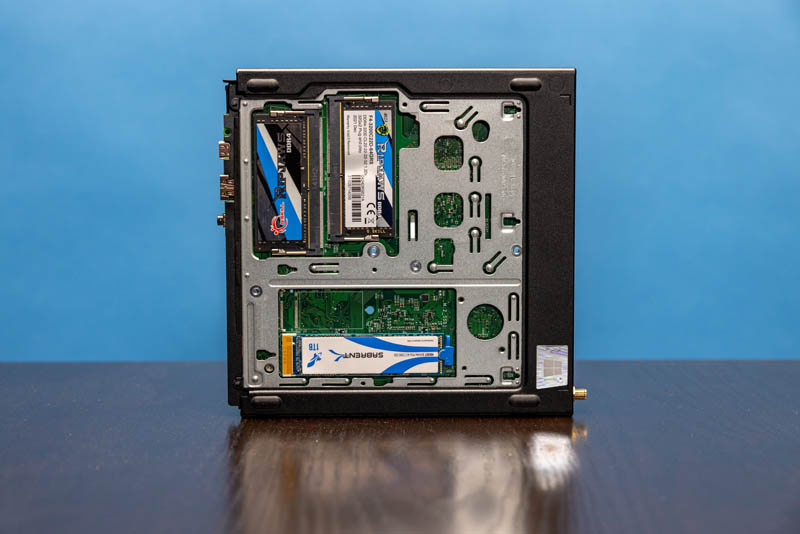
For the SSD, we are using the Sabrent Rocket Q 1TB. This is certainly far from the fastest drive, but it stays cool and it is relatively inexpensive.
The reason we upgraded these is not just for the capability, it is also for the cost. We spent less than a third of the discounted price of these upgrades compared to Lenovo.com when we were doing this. That is a huge saving.
For the WiFi, we got an 802.11ac unit that we replaced with an Intel AX210 WiFi 6E module. You can see this process in the video. It worked, but the drivers have been less great with Proxmox VE so maybe it was a bit ambitious.
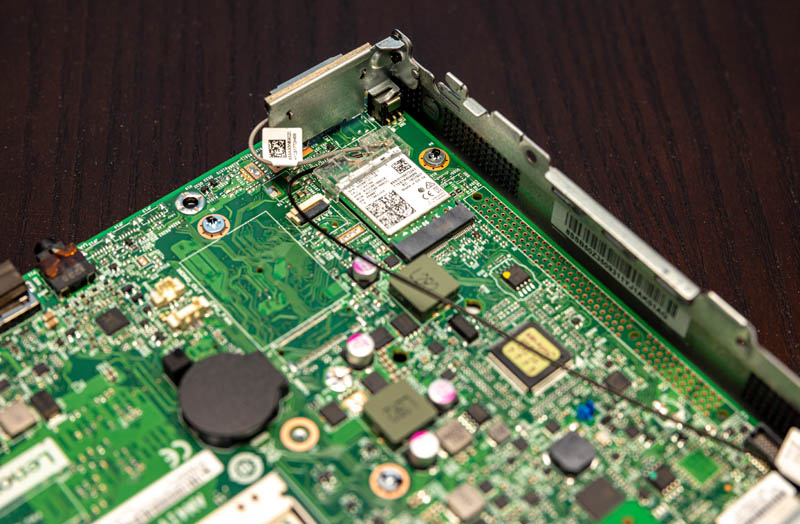
One area where we ran into a challenge is that the unit had Windows 10 Pro installed as the base OS. When we tried booting, the system did not want to boot because of secure boot. We had to turn secure boot off under the security tab in the system setup.

Since we get this question quite a bit, there is also a TPM solution onboard so it is an easy upgrade to Windows 11 Pro if you stay Windows rather than moving to Proxmox VE as we are doing here.
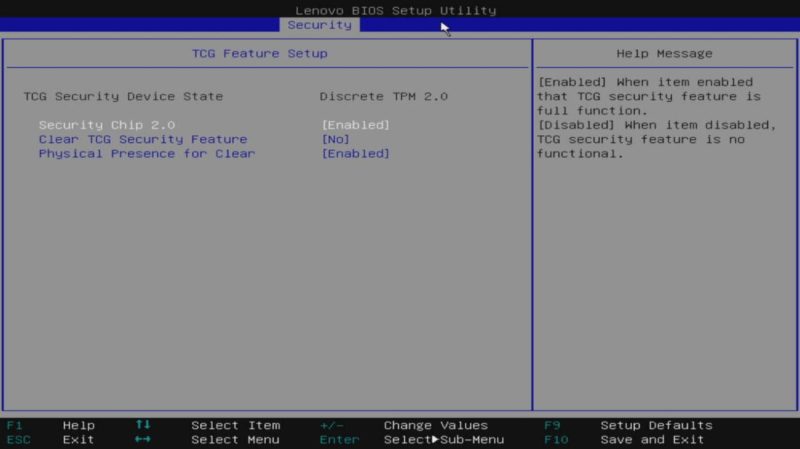
As always, we suggest ensuring that all of the virtualization settings you want are enabled.
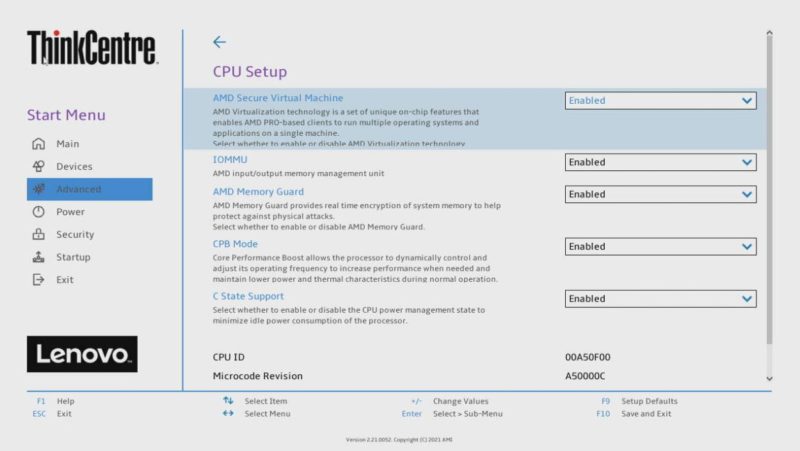
One other item you may want to look at is the Computrace/ Absolute Persistence module that shipped enabled on our unit.
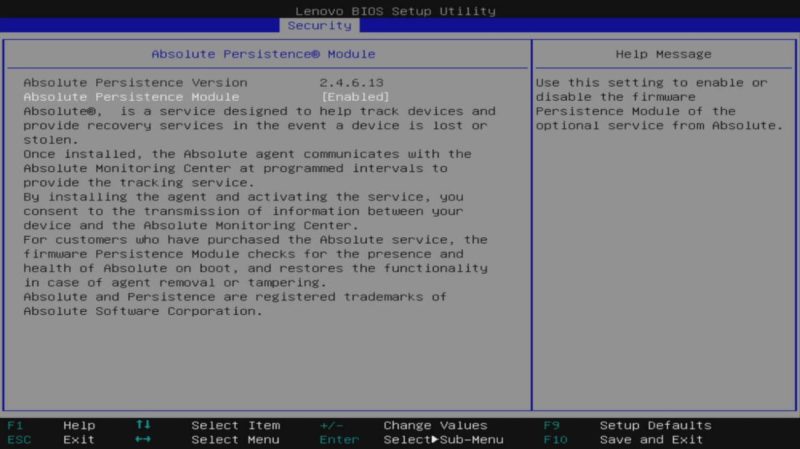
Computrace effectively enables LoJack for Laptops, and apparently 1L PCs as well. If you are not going to ever use this, it may be worth disabling Computrace to ensure it is not installing its agent repeatedly in your Windows installation or phoning home. Lenovo is not the only manufacturer that ships with this capability, but it is worth turning off if you do not want to use it.
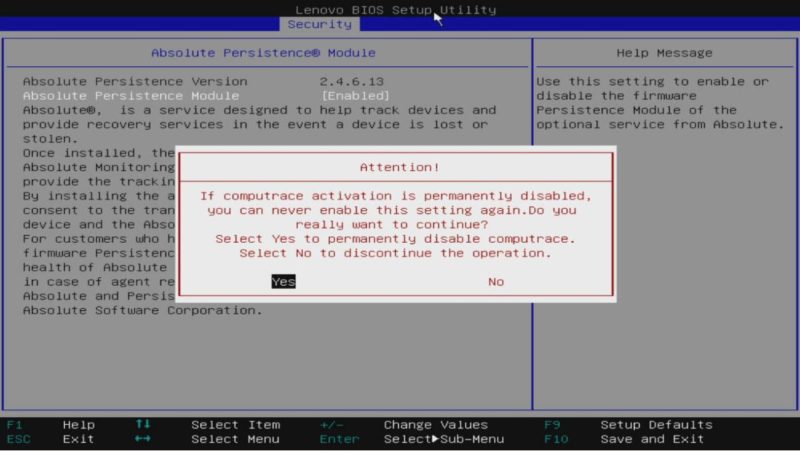
In the video, we go through the Proxmox VE installation very quickly. In the end, we are left with a fairly basic setup:
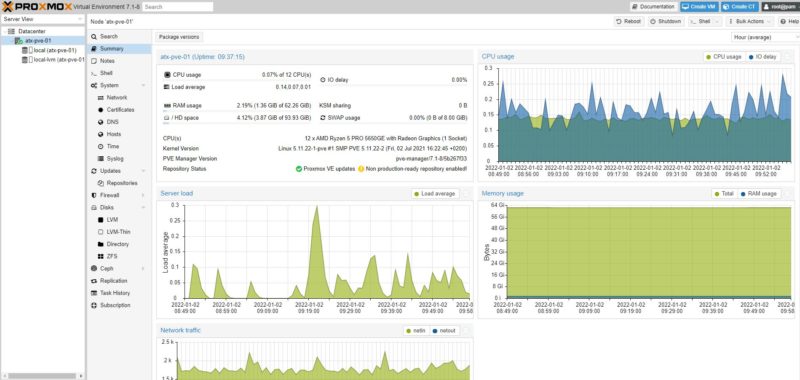
We are going to have another piece around building a Proxmox VE cluster using these systems, but this is an example of a decent setup.
On one hand, it is fairly inexpensive to get a Xeon E5 V1 DDR3 system with 64GB of memory and 12 cores/ 24 threads these days. On the other hand, given the advancements in technology, that level of performance can be fit into a little 1L node that sips power. These also tend to fall in price dramatically after a year or two so that will be important for the future, especially as this is still a DDR4 generation machine.
Next, we are going to look at the performance and power consumption before getting to our final words.



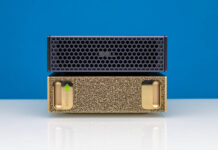
Fun fact: when you are upgrading the memory, stick to ECC. It is supported.
I got 20 thread Optiplex, and ever since I have never been happier. I waited sooooooooo long for Ryzen 7 4800U, until I realized that there is a BETTER Intel solution that I can buy right away.
Having ECC makes these small form-factor systems reasonable for server use. The main problem, as I see it, is what’s a reasonable way to rack mount the systems and what does one do with all the weird notebook-style power supplies.
These reviews have been going on for some time and are quite interesting. I think it would be nice to have a “best practices” story about options for rack mounting such things.
Very interesting article, I’m looking to get similar performance at low power consumptions for my homelab where possible.
Promising, though still a little costly in terms of up-front investments.
You can rack mount these by buying a vented rack shelf (with holes in it) and zip tie the power brick to the back of the shelf so it also gets air. The key to these 1L or less mini PC’s lasting is adequate air flow. Most of them fail because they get stuffed behind monitors on peoples desks with little to no airflow and simply run hot day and night.
Are there any servers using similar setups with 1HE, <450mm depth that have 10G (ideally SFP+, but I'll take 10GBaseTX too) on board and allow for expansion with a single PCI-E Half-height card? I know about the Xeon D and EPYC 3000 possibilities, but i'd be willing to try AMD Ryzen 5750.
There are a number of varieties of products and procedures which might be claimed to increase penis size however do they actually work?
Surgical procedures are quite risky and will not
be as effective as claimed. An small amount fats are extracted along with
PRP plasma. The fats is then minimally processed and separated from the pink
cells and oil in the centrifuge. Docs harvest fats from a patient’s stomach, then use a
machine to isolate and concentrate stem cells in it. A penis
block is finished to minimize any discomfort and then with the usage of
a cannula, the house between the pores and skin of the penis and
the underlying fascia is stuffed with fats, stem
cells and PRP progress factors are injected to increase the survival of the fat cells.
Vacuum pumps are generally used to deal with erectile
dysfunction and increase the dimensions of the
penis. Vacuum pumps draw blood into the penis, making
the penis to swell and look larger quickly.
I think I might of disabled my Absolute module. It is no longer available in the GUI menu. I have not seen the old school blue and white text menu like from the old systems.
Is it possible to reset the BIOS password on these units?